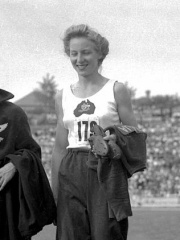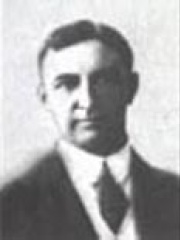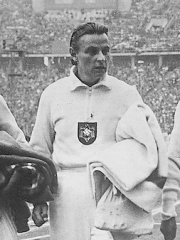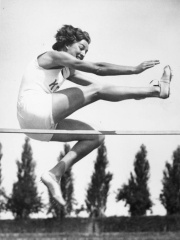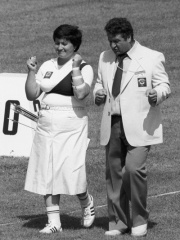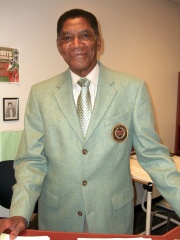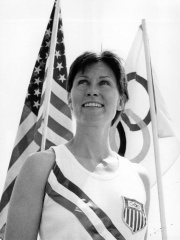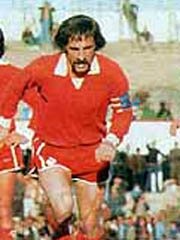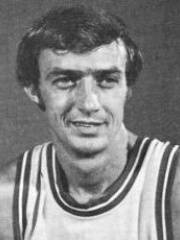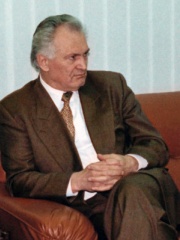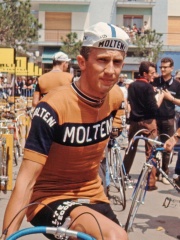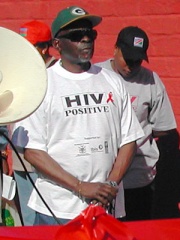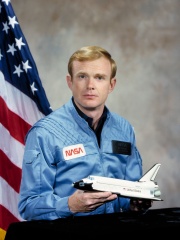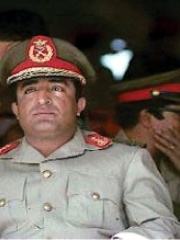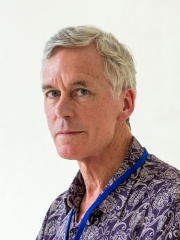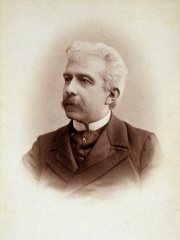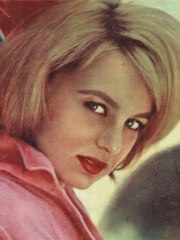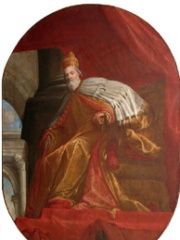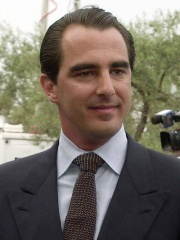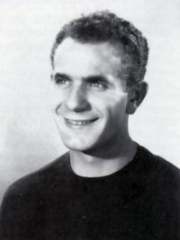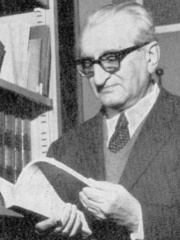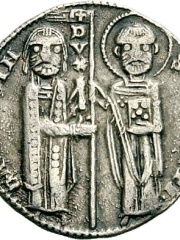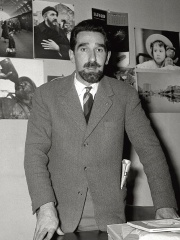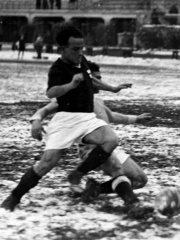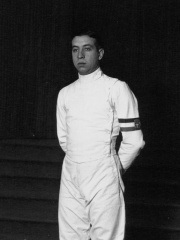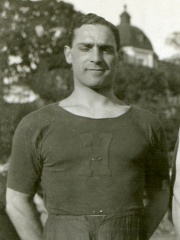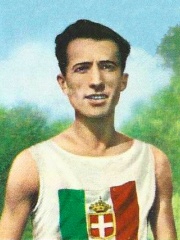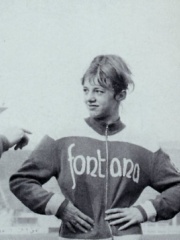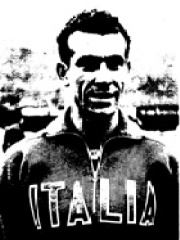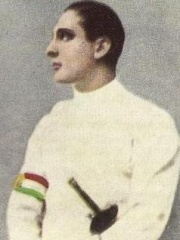Athlete
Giuseppe Gentile
1943 - today
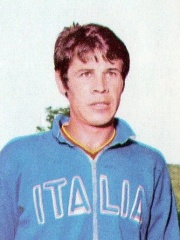
 Giuseppe Gentile
Giuseppe Gentile
Giuseppe Gentile (born 4 September 1943) is a retired Italian triple jumper, who won a bronze medal at the 1968 Summer Olympics. Read more on Wikipedia
His biography is available in 20 different languages on Wikipedia (up from 19 in 2024). Giuseppe Gentile is the 638th most popular athlete (up from 859th in 2024), the 3,438th most popular biography from Italy (up from 3,765th in 2019) and the 25th most popular Italian Athlete.
Memorability Metrics
Page views of Giuseppe Gentile by language
Among Athletes
Among athletes, Giuseppe Gentile ranks 638 out of 6,025. Before him are Janne Lundblad, Arthur Tell Schwab, Birgit Fischer, Norma Croker, Shirley Strickland, and Stan Rowley. After him are Yelizaveta Dementyeva, Käthe Krauss, Elfriede Kaun, Keto Losaberidze, Otis Davis, and Liz Chase.
Most Popular Athletes in Wikipedia
Go to all RankingsJanne Lundblad
1887 - 1940
HPI: 57.03
Rank: 632
Arthur Tell Schwab
1896 - 1945
HPI: 57.03
Rank: 633
Birgit Fischer
1962 - Present
HPI: 57.03
Rank: 634
Norma Croker
1934 - 2019
HPI: 57.03
Rank: 635
Shirley Strickland
1925 - 2004
HPI: 57.03
Rank: 636
Stan Rowley
1876 - 1924
HPI: 57.02
Rank: 637
Giuseppe Gentile
1943 - Present
HPI: 57.01
Rank: 638
Yelizaveta Dementyeva
1928 - 2022
HPI: 57.01
Rank: 639
Käthe Krauss
1906 - 1970
HPI: 57.00
Rank: 640
Elfriede Kaun
1914 - 2008
HPI: 57.00
Rank: 641
Keto Losaberidze
1949 - 2022
HPI: 56.99
Rank: 642
Otis Davis
1932 - 2024
HPI: 56.99
Rank: 643
Liz Chase
1950 - 2018
HPI: 56.99
Rank: 644
Contemporaries
Among people born in 1943, Giuseppe Gentile ranks 422. Before him are Susan Clark, Ricardo Pavoni, Manfred Eicher, Mike Barrett, Ion Ciubuc, and Gianni Motta. After him are Nahas Angula, Yawovi Agboyibo, Roy D. Bridges Jr., Annette Messager, Ibrahim al-Hamdi, and Peter Carey.
Others Born in 1943
Go to all RankingsSusan Clark
ACTOR
1943 - Present
HPI: 57.13
Rank: 416
Ricardo Pavoni
SOCCER PLAYER
1943 - Present
HPI: 57.11
Rank: 417
Manfred Eicher
MUSICIAN
1943 - Present
HPI: 57.10
Rank: 418
Mike Barrett
BASKETBALL PLAYER
1943 - 2011
HPI: 57.08
Rank: 419
Ion Ciubuc
POLITICIAN
1943 - 2018
HPI: 57.08
Rank: 420
Gianni Motta
CYCLIST
1943 - Present
HPI: 57.02
Rank: 421
Giuseppe Gentile
ATHLETE
1943 - Present
HPI: 57.01
Rank: 422
Nahas Angula
POLITICIAN
1943 - Present
HPI: 57.00
Rank: 423
Yawovi Agboyibo
POLITICIAN
1943 - 2020
HPI: 56.99
Rank: 424
Roy D. Bridges Jr.
ASTRONAUT
1943 - Present
HPI: 56.96
Rank: 425
Annette Messager
ARTIST
1943 - Present
HPI: 56.96
Rank: 426
Ibrahim al-Hamdi
POLITICIAN
1943 - 1977
HPI: 56.93
Rank: 427
Peter Carey
WRITER
1943 - Present
HPI: 56.92
Rank: 428
In Italy
Among people born in Italy, Giuseppe Gentile ranks 3,439 out of 5,161. Before him are Fabio Quagliarella (1983), Antonio Fogazzaro (1842), Alessandra Panaro (1939), Gianni Motta (1943), Giovanni I Cornaro (1551), and Prince Nikolaos of Greece and Denmark (1969). After him are Eusebio Castigliano (1921), Giuliano Bonfante (1904), Jacopo Contarini (1194), Fabrizio Meoni (1957), Mario Rigoni Stern (1921), and Mario Magnozzi (1902).
Others born in Italy
Go to all RankingsFabio Quagliarella
SOCCER PLAYER
1983 - Present
HPI: 57.05
Rank: 3,433
Antonio Fogazzaro
WRITER
1842 - 1911
HPI: 57.03
Rank: 3,434
Alessandra Panaro
ACTOR
1939 - 2019
HPI: 57.02
Rank: 3,435
Gianni Motta
CYCLIST
1943 - Present
HPI: 57.02
Rank: 3,436
Giovanni I Cornaro
POLITICIAN
1551 - 1629
HPI: 57.02
Rank: 3,437
Prince Nikolaos of Greece and Denmark
POLITICIAN
1969 - Present
HPI: 57.02
Rank: 3,438
Giuseppe Gentile
ATHLETE
1943 - Present
HPI: 57.01
Rank: 3,439
Eusebio Castigliano
SOCCER PLAYER
1921 - 1949
HPI: 57.00
Rank: 3,440
Giuliano Bonfante
LINGUIST
1904 - 2005
HPI: 57.00
Rank: 3,441
Jacopo Contarini
POLITICIAN
1194 - 1280
HPI: 57.00
Rank: 3,442
Fabrizio Meoni
RACING DRIVER
1957 - 2005
HPI: 56.99
Rank: 3,443
Mario Rigoni Stern
WRITER
1921 - 2008
HPI: 56.99
Rank: 3,444
Mario Magnozzi
SOCCER PLAYER
1902 - 1971
HPI: 56.99
Rank: 3,445
Among Athletes In Italy
Among athletes born in Italy, Giuseppe Gentile ranks 25. Before him are Gustavo Marzi (1908), Rodolfo Terlizzi (1896), Oreste Puliti (1891), Aldo Aureggi (1931), Fausto Acke (1897), and Angelo Vanzin (1932). After him are Valerio Arri (1892), Pino Dordoni (1926), Franco Faggi (1926), Carlo Monti (1920), Giancarlo Brusati (1910), and Gioacchino Guaragna (1908).
Gustavo Marzi
1908 - 1966
HPI: 57.82
Rank: 19
Rodolfo Terlizzi
1896 - 1971
HPI: 57.44
Rank: 20
Oreste Puliti
1891 - 1958
HPI: 57.37
Rank: 21
Aldo Aureggi
1931 - 2020
HPI: 57.18
Rank: 22
Fausto Acke
1897 - 1967
HPI: 57.16
Rank: 23
Angelo Vanzin
1932 - 2018
HPI: 57.13
Rank: 24
Giuseppe Gentile
1943 - Present
HPI: 57.01
Rank: 25
Valerio Arri
1892 - 1970
HPI: 56.80
Rank: 26
Pino Dordoni
1926 - 1998
HPI: 56.69
Rank: 27
Franco Faggi
1926 - 2016
HPI: 56.67
Rank: 28
Carlo Monti
1920 - 2016
HPI: 56.50
Rank: 29
Giancarlo Brusati
1910 - 2001
HPI: 56.49
Rank: 30
Gioacchino Guaragna
1908 - 1971
HPI: 56.48
Rank: 31




